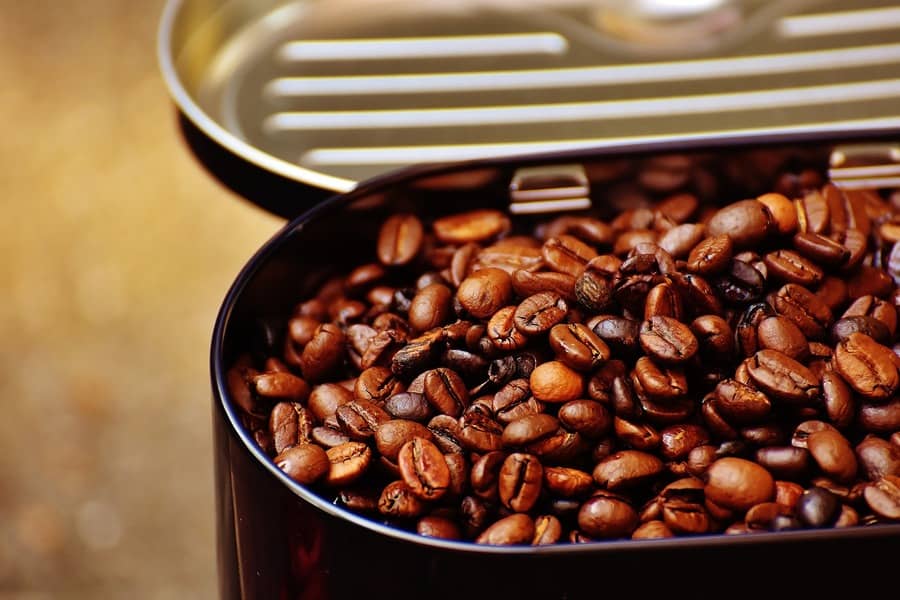The sales flow of Brazil’s 2023 coffee crop remains without linearity and quite regional. While in southern Minas Gerais, Espírito Santo, and Rondônia sales gained a little more pace, the flow remains quite slow in Cerrado and Mogiana. The main commercial impulse is the need for cash, which makes trading even slower. Demand is also staggered, which contributes to the slow pace of business. In this sense, the good performance of shipments in these first 2 months of the 23/24 business season is largely linked to negotiations in advance.
The recent improvement in prices on the international coffee market was not enough to change the behavior of sellers. The physical supply indeed increased with the end of the harvest. But growers keep avoiding coming to the market. The pocket of heat at the end of winter and the beginning of spring in Brazil can cause consequences for coffee crops and make the weather market emerge with the blossoming of Brazil’s 2024 crop.
The monthly survey by SAFRAS showed growers committed 50% of the potential of Brazil’s 2023 crop until September 18. This percentage involves, besides physical sales, exchange operations and lock-ins with trading companies, as well as negotiation rollovers from the past crop. Sales increased by 9% over the last month. But even with the good progress, the sales flow remains slightly below the same period last year, when it reached 52% of production, and below the 5-year average for the period, which is around 53%.
Arabica coffee sales reached 47% of production, below the same period last year and the 5-year average, both at 51%. The positive surprise of production and the increase in physical availability improved commercial dynamics. However, the volatility in the dollar and the ICE ended up cooling sentiments and slowing down the sales flow. The most capitalized growers drive operations to the off-season. However, it is necessary to remain attentive to the opportunities generated by climate volatility, typical of this period of the year. The fact is that once these two weeks of climate stress have been overcome, the models indicate a significant improvement in the volume of rainfall in October and November, which would be very positive for crops. And, with that, induce a dismantling of climate protection. Something similar happened in October last year.
Growers also remain very shy in their positions with Brazil’s 2024 crop. It is natural for sellers to avoid, during the period of seasonal pressure of crop arrival, closing positions with future crops. However, it is interesting for growers to reduce exposure and work a little more covered with the future crop. The confirmation of full production again in 2024 will naturally have a negative effect on the coffee price curve.
Conillon sales have gained more intensity, given the greater presence of sellers. Robusta in London and arabica in New York have found a balance point. This ends up limiting robusta’s bullish moves, which deflates the bullish bet and results in more sellers in the market. Furthermore, Vietnam’s new crop is knocking on the door. And this could affect the price of robusta in London. In Brazil, the greater competition of weaker arabica cups is already attracting more interest from the local industry. The conillon growers, faced with the changes, decided to come a little more to the market, favoring business. Thus, the sales of conillon in Brazil jumped to 57% of the 2023 crop and already exceed the 55% sold in the same period last year and the 5-year average.

